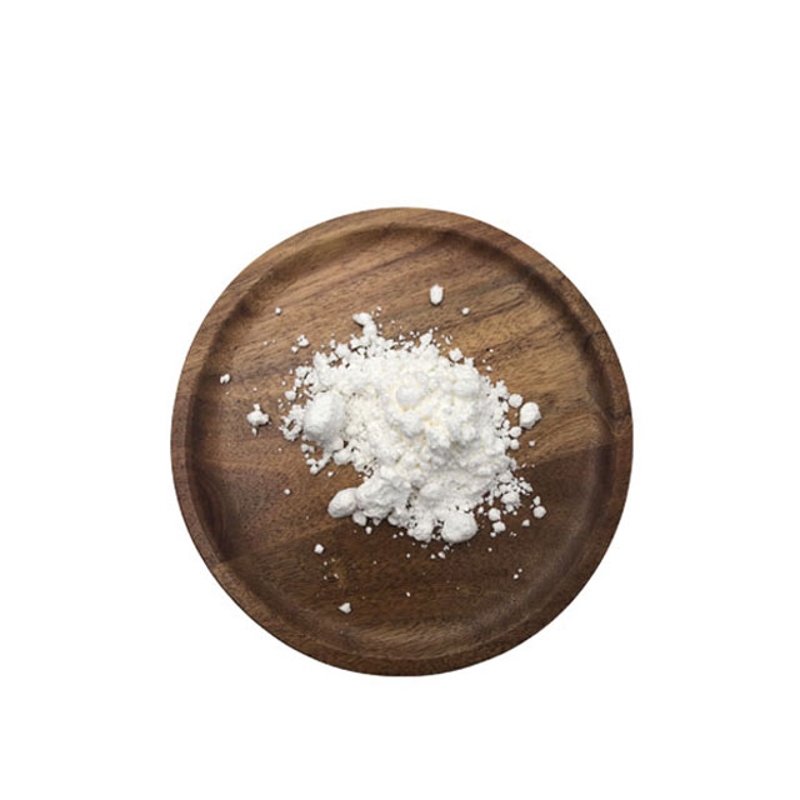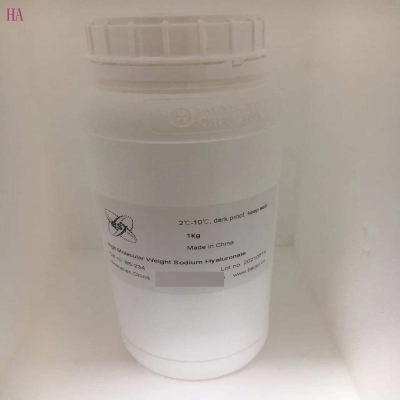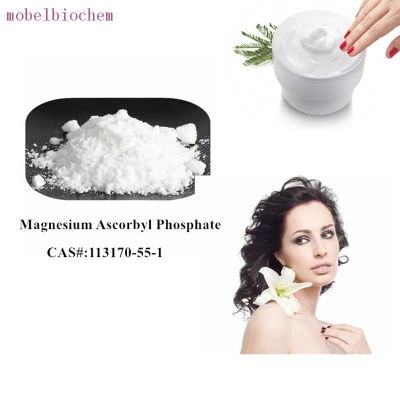-
Categories
-
Pharmaceutical Intermediates
-
Active Pharmaceutical Ingredients
-
Food Additives
- Industrial Coatings
- Agrochemicals
- Dyes and Pigments
- Surfactant
- Flavors and Fragrances
- Chemical Reagents
- Catalyst and Auxiliary
- Natural Products
- Inorganic Chemistry
-
Organic Chemistry
-
Biochemical Engineering
- Analytical Chemistry
-
Cosmetic Ingredient
- Water Treatment Chemical
-
Pharmaceutical Intermediates
Promotion
ECHEMI Mall
Wholesale
Weekly Price
Exhibition
News
-
Trade Service
Dr.
Kantha Shelke
, head of research at Corvus Blue L.L.C
, said that thanks to PepsiCo, collagen is likely to quickly become a popular ingredient for use in protein-rich products. For formulat designers and restaurant chefs, ant eggs could be another option for protein sources, she said.
,
Shelke
spoke about these and other sources of protein at the American Academy of Food Sciences
14-
Health Theme Conference, held in Chicago on March
.said, "
"
Americans are devouring protein as if it were their end.
”If consumers see a product rich in protein, they may not have the time to read the ingredients list or the nutritional content list.said: "
"
consumers to buy products because they believe that products are good for them.
”Protein is believed to keep them full and avoid overeating. The promotion of protein, she says, could turn consumers' mindsets from guilt to pride. If mothers know that ice cream contains protein, they may feed their children.said,
"
they don't think ice cream is a sugar product.
”Collagen is an emerging source of protein that has been used in many dietary supplements.
Shelke
, New York-based PepsiCo's purchasing department is working to develop new collagen-based products.Dr
Shelke said:
"
" and once this product is available, we look forward to gelatin and collagen intake. Why is that? Most people, especially women, associate collagen with wrinkle elimination.
”Proteins may also come from insects.
Shelke
, said eggs from crickets and mosquitoes are a good source. She added that a thousand grams of radon contains the equivalent of ten hot dogs. Made from ant eggs, it may soon become a popular delicacy in restaurants.on insect proteins, she said:
they are limited by taste, smell, will not produce
'
vomiting depends entirely on the consumer itself.
” The sale of Greek yogurt proves that formulaters usually choose dairy products and eggs as a source of protein.
Shelke
says people are used to the flavor of dairy products or eggs. They want yogurt to have a creamy texture, especially from the taste properties of milk, which makes it difficult for soy milk or rice milk to replace milk. , she says, there is a
30-50% difference in price between egg or dairy-based product formulations and plant-based
formulations. Dr.
Shelke said the smell of beans remains a deficiency of soy protein. Pea proteins do not contain genetically modified ingredients, but they may have an unwelcome beany and grassy taste. Potato proteins are allergen-free and gluten-free, but they can have supply or price problems. Dr.
Shelke said that because seaweed protein is not expensive, it could be the first food to relieve hunger. These proteins taste light and have the hope of becoming an alternative to egg whites. Dr.
shelke gives two examples of how the industry will improve the promotion of its protein ingredients. said,
"
I'm curious how the food industry will name its ingredients, and your ingredients sound more like car parts."
” She says the name of the ingredient usually contains letters, followed by a number. She adds that the notion of separators or concentrates can make people look away from the product unless they are fitness people. said, "
"
when you can name your ingredients and quickly tell consumers what it is.
” She added that the proliferation of protein sources could be troubling for product developers and marketers. Dr
Shelke said:
"
suppliers have done a terrible job of confusing their markets and target consumers with conflicting information."
” Protein suppliers often talk about how competitors don't have as much protein as they do. "
"
has plenty of room to grow, and if protein suppliers support each other, there will be more benefits from product developers," says Dr
Shelke.
”







